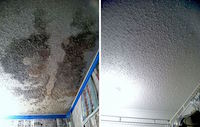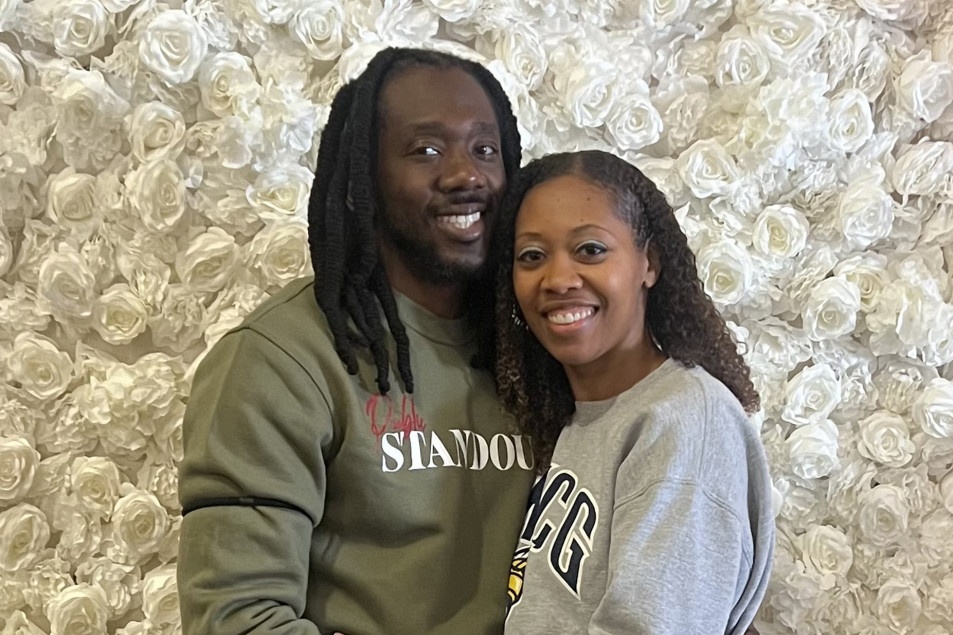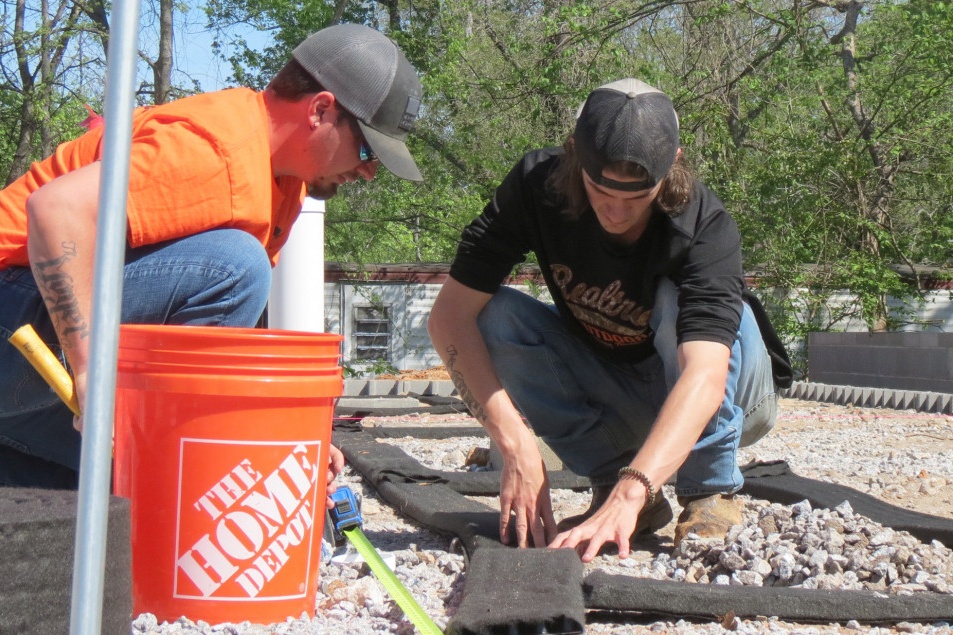Mildew and musty odors sometimes develop during periods of damp weather. Controlling them can be as easy as buying a dehumidifier or placing a moisture barrier under the home.
Mildew usually begins to grow when relative humidity remains at 60 percent and the temperature is 60 degrees Fahrenheit or higher. Typically, mildew appears on the surfaces of bathroom tile, or leather or plastic goods stored in closets. Musty odors are often associated with clothes chests, closets, upholstered furniture or carpets.
Removal of accessible surface deposits of mildew may clear up the odor. Some deodorizers assist in reducing musty odors in furniture and carpet material.
The type of solution recommended to remove mildew completely depends on the particular surface. Solutions containing household bleach should be used with extreme caution. Spillage or spatter could result in bleached spots on carpet or upholstery.
Mildew can return when the level of dampness again approaches 60 percent relative humidity or higher, and homemakers often find themselves in a never-ending cycle of cleaning mildewed surfaces.
In some cases, the solution to an excess moisture problem can be as simple as purchasing a dehumidifier. In other cases the solution is much more complicated. If a moisture barrier was not placed under the home during construction, homeowners can add one simply by rolling out plastic on the ground beneath the home. Continued problems with excess moisture can lead to structural damage.
To combat mildew in the home, follow the advice in University of Georgia Extension publications Circular 1047-1 and Circular 1074-2.








